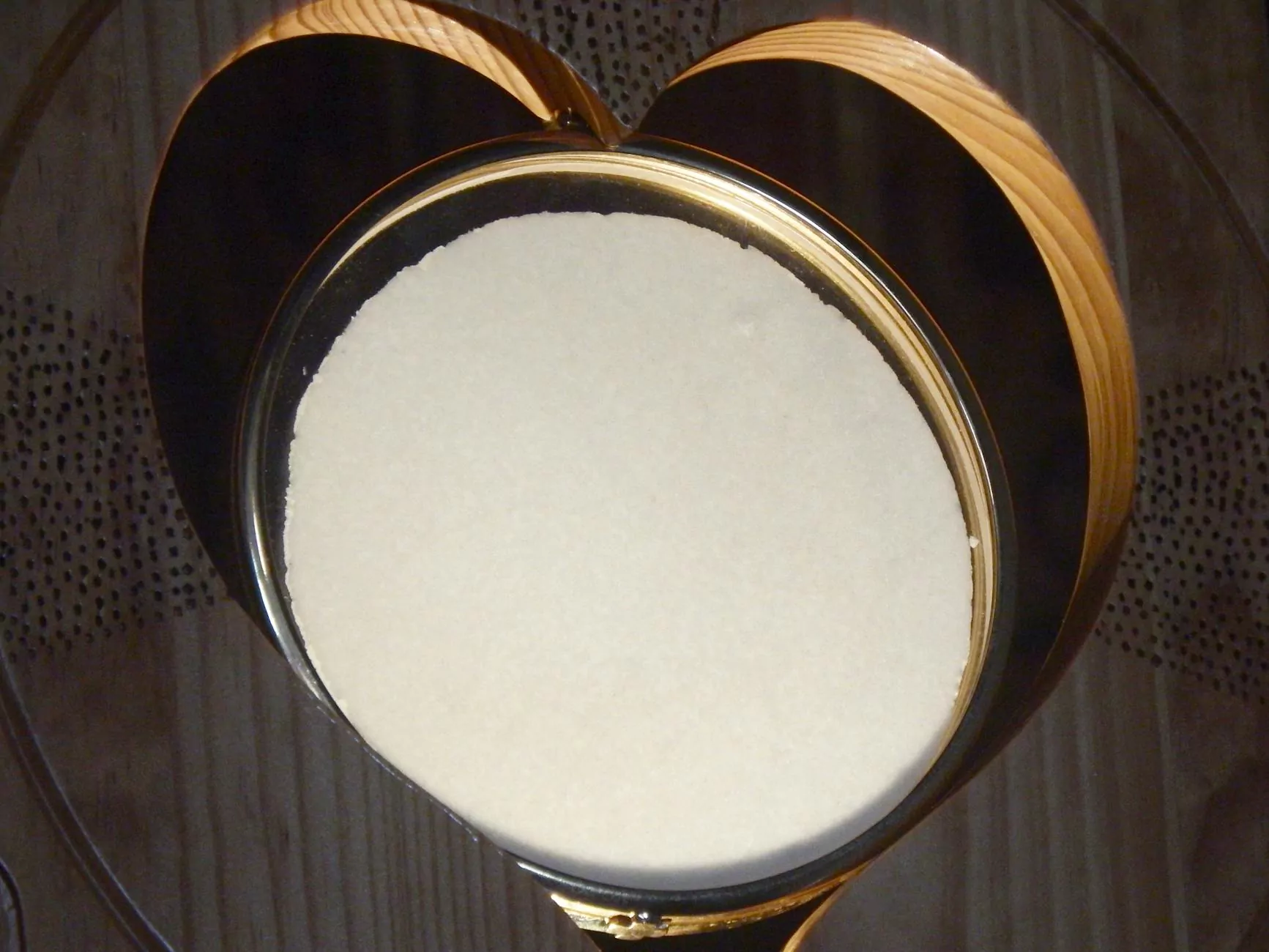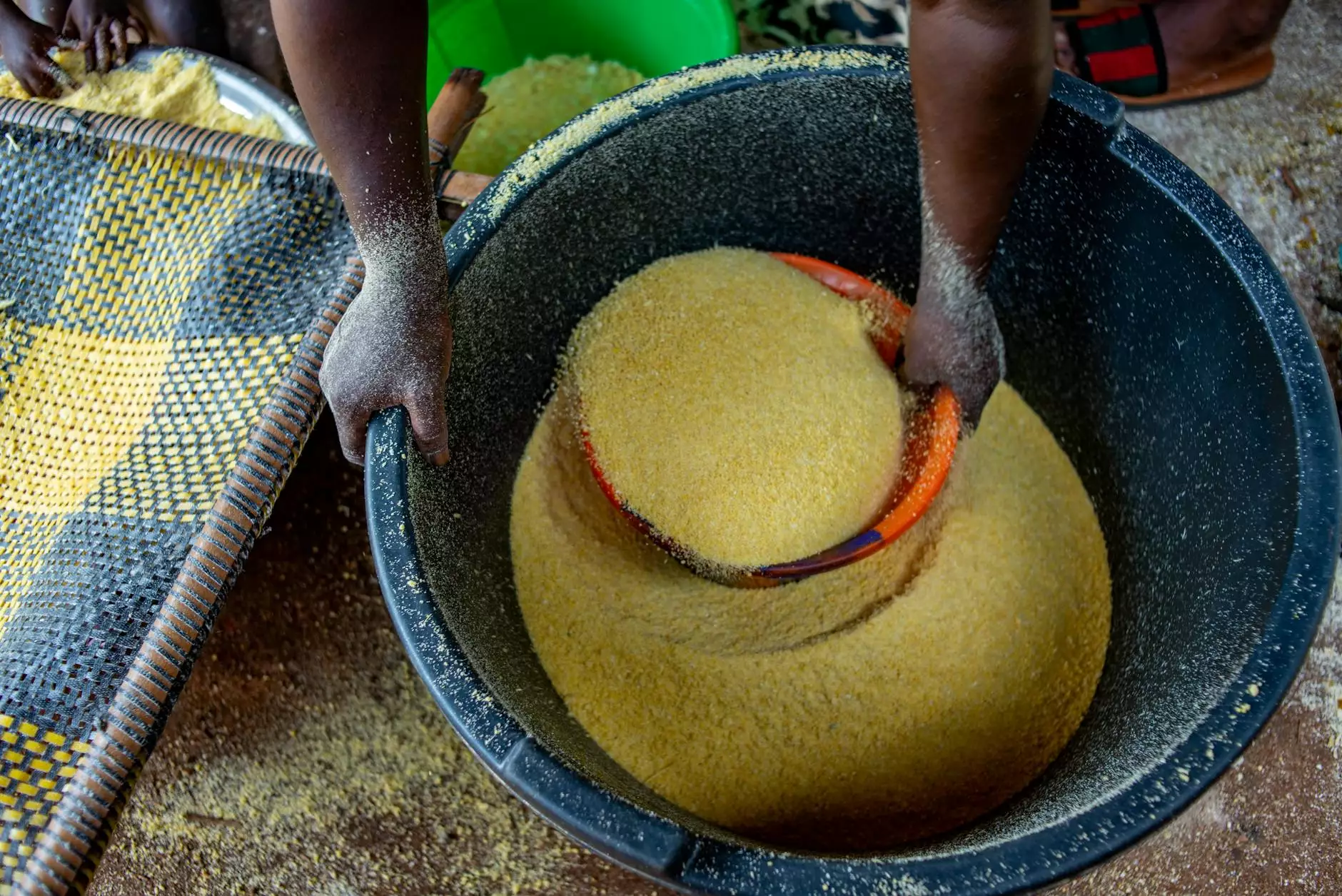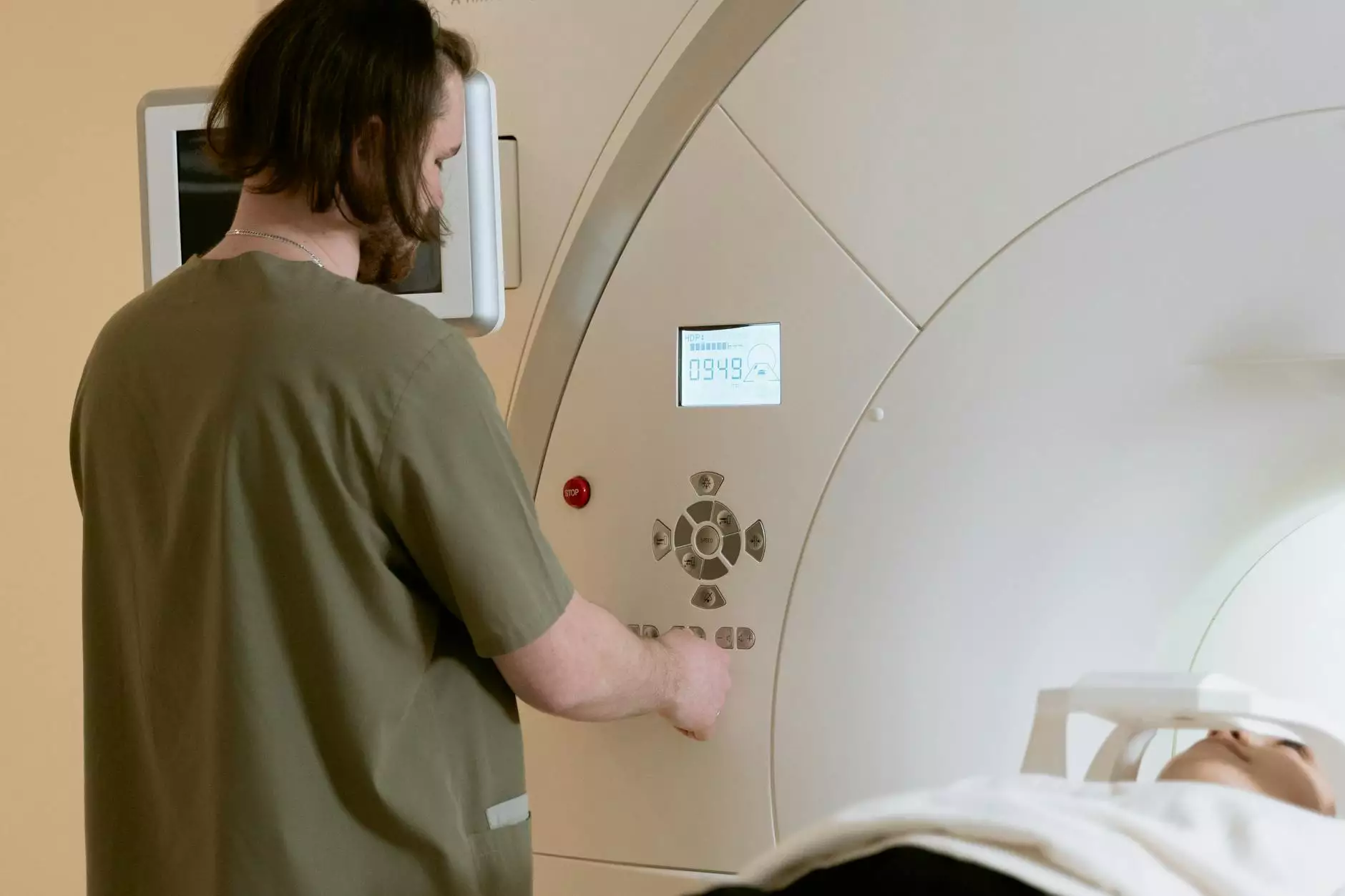Understanding the Differences: Tendonitis vs. Tendinosis

In the realm of musculoskeletal health, conditions affecting the tendons often cause significant discomfort and disability. Among these, two terms frequently arise: tendonitis and tendinosis. While they may appear similar at first glance, understanding the nuanced differences between them is crucial for effective treatment and recovery. This comprehensive guide delves into the intricacies of each condition, examining their causes, symptoms, diagnosis, and treatment options.
What is Tendonitis?
Tendonitis refers to the inflammation of a tendon, which is the thick fibrous cord that attaches muscle to bone. This inflammatory condition typically arises due to acute injury, overuse, or repetitive strain. Common sites affected by tendonitis include the shoulder (rotator cuff), elbow (tennis elbow), wrist, knee (jumper’s knee), and Achilles tendon.
Causes of Tendonitis
- Overuse: Engaging in repetitive activities, especially those that require intense physical exertion.
- Aging: Tendons lose elasticity and strength with age, making them more susceptible to inflammation.
- Injury: Direct trauma to the tendon can lead to inflammation.
- Improper Technique: Using incorrect form during physical activities can exert extra stress on tendons.
Symptoms of Tendonitis
Individuals with tendonitis often experience a range of symptoms, including:
- Pain: A dull, aching pain around the affected tendon, which may worsen with movement.
- Stiffness: Reduced range of motion in the adjacent joint.
- Swelling: Visible swelling or tenderness around the joint.
- Crepitus: A sensation of grating or crackling during movement of the affected tendon.
Diagnosis of Tendonitis
Diagnosing tendonitis typically involves:
- Physical Examination: A healthcare provider will assess the location of pain and swelling.
- Imaging Tests: X-rays or MRIs may be used to rule out other conditions and confirm tendon damage.
Treatment Options for Tendonitis
Treatment for tendonitis aims to reduce inflammation and relieve pain. Common methods include:
- Rest: Avoiding activities that exacerbate pain is essential.
- Ice Therapy: Applying ice packs may help reduce swelling.
- Physical Therapy: Targeted exercises prescribed by a physical therapist can strengthen the affected area.
- Medications: Nonsteroidal anti-inflammatory drugs (NSAIDs) can help alleviate pain and inflammation.
- Corticosteroid Injections: In more severe cases, steroid injections may be recommended to provide rapid relief.
What is Tendinosis?
Tendinosis describes a chronic condition characterized by the degeneration of the tendon due to prolonged overuse or stress without adequate healing time. Unlike tendonitis, which involves inflammation, tendinosis is primarily a result of structural breakdown at the tendon’s cellular level. This condition often affects similar areas of the body, such as the Achilles tendon, the patellar tendon, and the elbow.
Causes of Tendinosis
- Repetitive Stress: Engaging in the same movement repetitively over extended periods without proper rest.
- Aging: Aging can lead to decreased tendons' resilience and a natural decline in tendon tissue health.
- Underlying Conditions: Diseases such as diabetes and rheumatoid arthritis can contribute to tendon degeneration.
Symptoms of Tendinosis
Symptoms of tendinosis often include:
- Chronic Pain: A persistent, dull pain that worsens with activity and improves with rest.
- Stiffness: The affected area may feel tight, especially in the morning or after prolonged inactivity.
- Swelling and Thickening: The tendon may appear swollen or thickened.
- Limited Function: A decrease in strength and flexibility in the surrounding joint or muscle may occur.
Diagnosis of Tendinosis
Diagnosing tendinosis typically involves:
- Medical History: Detailed questions regarding symptoms and activity levels.
- Physical Exam: Assessment of tenderness, swelling, and range of motion.
- Imaging Tests: MRI or ultrasound can help visualize tendon degeneration.
Treatment Options for Tendinosis
Treatment focuses on promoting healing and restoring function. Options may include:
- Rest and Activity Modification: Avoiding aggravating activities and incorporating rest periods.
- Physical Therapy: A tailored rehabilitation program to strengthen surrounding muscles and improve flexibility.
- Molecular Treatments: Newer therapies like platelet-rich plasma (PRP) are gaining popularity for their potential to stimulate healing.
- Surgery: In chronic cases, surgical intervention may be necessary to remove degenerated tissue.
Key Differences between Tendonitis and Tendinosis
Understanding the distinctions between tendonitis and tendinosis is essential for appropriate management:
- Nature of Condition: Tendonitis is characterized by inflammation, while tendinosis is a degenerative condition.
- Onset: Tendonitis often results from a sudden injury or overuse, whereas tendinosis develops gradually over time.
- Symptoms Duration: Tendonitis symptoms may resolve within weeks, while tendinosis tends to be chronic and long-lasting.
- Treatment Focus: Treatment for tendonitis emphasizes reducing inflammation, while tendinosis treatment aims to promote healing and repair damaged tissue.
Prevention Strategies for Tendon Injuries
Preventative measures can significantly reduce the risk of both tendonitis and tendinosis. Consider the following:
- Warm-Up and Stretch: Always begin with an appropriate warm-up and stretching routine before engaging in physical activities.
- Gradual Increase of Activity: Increase the intensity of workouts gradually to allow tendons to adapt.
- Use Proper Technique: Ensure correct form when exercising or performing repetitive tasks.
- Pay Attention to Pain: Do not ignore signs of discomfort; stop activities that cause pain.
- Strength Training: Incorporating strength training can enhance tendon support and resilience.
Conclusion
In summary, while both tendonitis and tendinosis affect tendons and result in pain, they are fundamentally different conditions. Tendonitis is an inflammatory response, while tendinosis is a degenerative process that requires an understanding of long-term tendon health management. By recognizing the differences and implementing effective treatment and prevention strategies, individuals can lead healthier, pain-free lives.
For further assistance and tailored treatment options, consider visiting your local healthcare professional or a specialist in physical therapy. Understanding your body's signals and seeking appropriate care is essential for maintaining optimal health.
what is the difference between tendonitis and tendinosis








